If it wasn’t for the internet I would probably still a) be haunted by daily stomach pain and b) think that I’m the only person on the planet, who suffers from fructose malabsorption. Especially seeing as b) isn’t really the case anymore becausea) has become less and less. In other words, it has beens pretty amazing to meet so many people online, who don’t hold back on good advice, making sugar free life with fructose malabsorption much easier for all of us. One of these persons on the interwebz is Joris. We started chatting on Instagram and thanks to him I now make sure to add 2 tablespoons of unhulled / browntop millet flour to my daily diet. Why? I’m happy that Joris is here today to explain this himself, in our little interview below. I didn’t want to miss out on the opportunity to ask one of these rare male specimens suffering from fructose and lactose malabsorption myself. 🙂 And now to you Joris. The stage is all yours!

1. Hi Joris, please introduce yourself to the FRUCTOPIA readers!
My name is Joris. I am 22 years old and currently studying in the North of Germany.
2. What kind of food sensitivities do you suffer from and when did you first find out?
Last year in July I went to my doctor because I had serious pains in my stomach. When the doctor couldn’t find out what was causing this, he ran some tests in the laboratory. The results hinted to certain food sensitivities. But I had to wait until after I returned from a prolonged trip to the States to finally take the hydrogen breath tests and be sure about it. In November 2014 they finally diagnosed fructose malabsorption and then in December lactose intoleralnce joined the fun.
3. So you are quite a newbie. So far, what has changed in your life since being diagnosed?
My internal specialist handed me some information material on the main facts about fructose malabsorption, e.g. what fruits to eat and which to avoid. I had never heard of it before. I was shocked to learn that fructose malabsorption even covers refined sugar and apples. Slowly I realized the full scope of the disease and where all my problems were coming from. After all I’d been eating granola with apples every single morning for the past few years.
Talking about the elimination phase, I was pretty strict on myself. I did a lot of research and tried to figure it out on my own, based on the information I found online by nutritionists, doctors and health food stores. Ever since I replaced all regular dairy with lactose free alternatives by Minus L, LAC Schwarzwaldmilch (their fructose friendly products have a very artificial taste though) and LIDL (editor’s note: these are all German brands found at most German supermarkets). I also go for mature cheeses, which usually contain less lactose. My sweeteners of choice are now rice syrup and stevia. I have eliminated all refined, brown and invert sugar from my diet. I also spend more time studying ingredient lists now. I love all products by Frusano like their dark chocolate. Their products make my life a lot easier. The people at my local health food store (editor’s note: they are called Reformhaus in German) are also very helpful and I’ve received a lot of good advice from them. Besides all these new takes on food I still allow myself 1-2 scoops of ice cream from my favourite ice-cream parlor every once in a while.
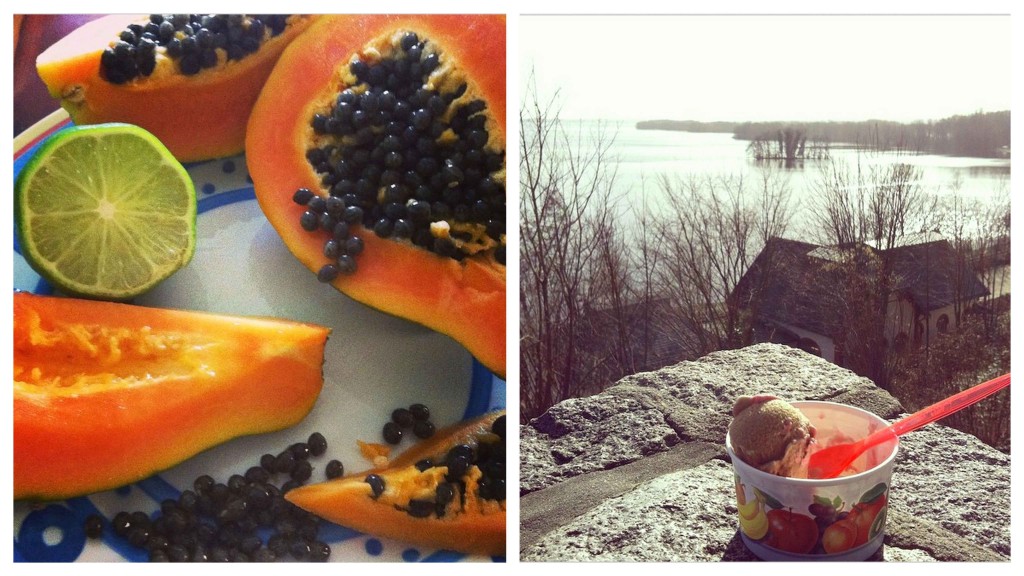
4. How are you feeling now? Do you notice any differences?
I feel much more balanced, energetic, positive and more stress resistant.. I’m not that restless anymore, compared to the times when my stomach felt like a complete mess. A complete different sense of life. I’ve even become more productive now that I can focus on other things. I’ve learned to listen to myself and my body. I don’t eat for the sake of eating anymore, but look at it as fuel for an overall healthy body. Only if I eat clean and balanced can I enjoy the positive side of life. That’s what I have come to understand.
Going out for dinner, being on a journey or attending family gatherings is still difficult though. Especially when everybody is busy enjoying their dessert. I try not to give in, but I definitely have a soft spot for lemon sorbet. 😉 Common hotel breakfasts are also difficult because I have to rely on the food others prepare for me. Most of the time I end up with some bread, eggs, and cold cuts. My sister is a good example that everything is somehow manageable: She has a gluten sensitivity and always brings her own bread along when traveling.
5. What did your doctor recommend you?
My doctor recommended I stay away from fruits and fructose entirely. Even though he helped me a lot, I didn’t agree with this approach. This advice sounded a bit outdated to me. Instead, I relied on information provided by the German Association of Nutrionists. According to them, the GLUT 5 transporters could stop working all together if one quits fructose entirely, making it even harder to digest fructose in the long run. That’s one reason why the elimination phase shouldn’t exceed a time frame of 4 weeks.
But my doctor also recommended to add zinc and vitamin D supplements during the cooler month of the year to prevent colds. I’m completely sold on their impact to my overall health condition. He also recommended adding unhulled / browntop millet flour to my diet. It helps with growing stronger hair and nails, I’m really surprised. (editor’s note: Joris found an interesting study on the correlation between zinc deficiency and fructose malabsorption, unfortunately it’s available in German only. This site is in English and they also mention the zinc deficiency as a common problem)
6. Is there anything that you still couldn’t figure out in terms of how to handle your food sensitivities?
Eating out, at my university’ss dining hall or at restaurants.
7. What does a usual day in food look like for you now?
Back in the days my breakfasts were loaded with fructose. Now I have banana or papaya with lactose free yoghurt, and different kinds of cereals like amaranth, quinoa, buckwheat, rice or corn flakes. Alnatura is my trusted brand for these. Sometimes I have buckwheat-banana-pancakes. In between meals I snack on veggies or pre-packed sandwiches, which I’ll bring from home. For lunch I’ll have meat or fish with lots of vegetables, potatoes, pasta or rice on the side, drizzled with good oils like olive or linseed oil. I usually cook at home instead of eating at my university’s dining hall. My go to afternoon snack is dark chocolate or fructose friendly cookies by Frusano and a good old cup of coffee. For dinner I have vegetables, salad, bread and whatever I feel like in that moment. When I come home from my regular evening workouts I usually have leftovers from lunch for dinner to save some time.
8. What foods do you miss the most?
That’s a tough question. Before I knew about my fructose and lactose malabsorptions I didn’t have chocolate for years because it made me feel really bad. I was so happy to discover Frusano products and slowly reintroducing fructose free chocolate to my diet. Finally being able to enjoy a piece of chocolate again feels great. Now I would say I kind of missed chocolate.
9. Are there any new foods you have introduced to your diet?
Papaya and passion fruit! Before getting diagnosed I didn’t even know what those fruits looked like! Right now papaya is in season and easy to come by. If it is not ripe yet, just place it in the same fruit basket next to the bananas or lemons. This way they will ripen faster. Papaya is also a perfect fruit to make some homemade ice-cream.

10. What is your favourite go-to recipe?
Oh, I love buckwheat-banana-pancakes! It’s really easy. Add 2 eggs, a pinch of salt, 2 mashed bananas to a bowl and mix. Slowly add 200 g of buckwheat flour, 200 ml of lactose free milk and cinnamon to taste. Stir until all combined. In a pan, heat some coconut oil and bake the pancakes in small batches. It should serve 2 people. The pancakes are not utterly sweet but easy on your stomach.
11. What advice would you like to give other people struggling with fructose and lactose malabsorption?
Just stick to the rule our grandmas used to follow: Eat your greens and don’t eat too much sugar!
Thank you for this nice interview Joris and your positive take on how to deal with fructose malabsorption!
How about you? Does this sound like you feel sometimes too? What are your questions for Joris?
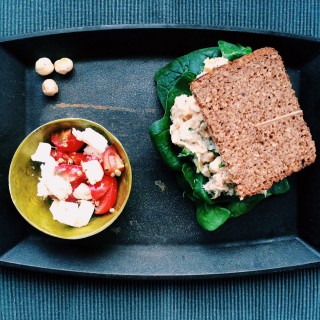
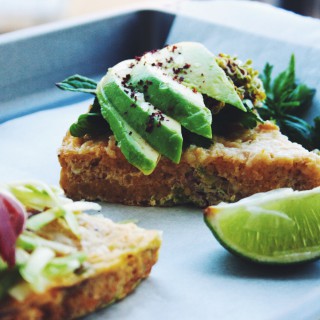
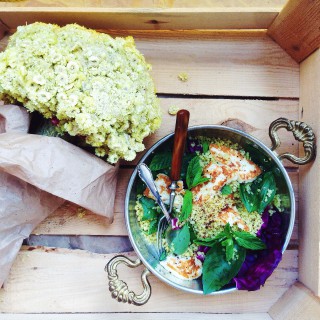
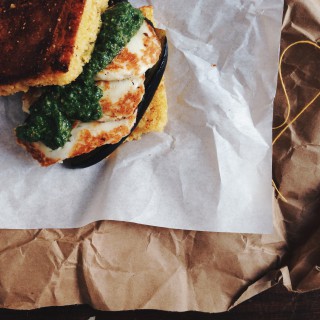
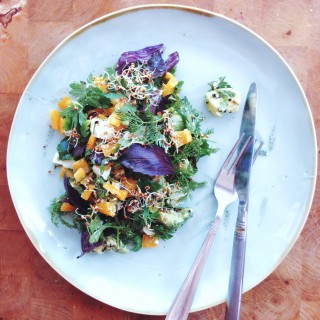
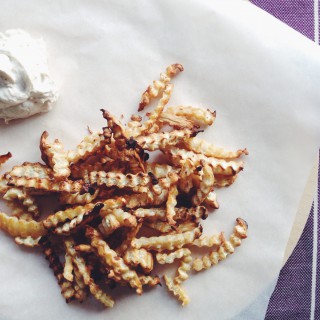
Hey Joris,
dein Problem kenne ich nur zu gut.
So ging es mir auch, wo ich vor knapp zwei Jahren von meinem Internisten erfahren habe, dass ich Fruktose und Laktose “nicht wirklich” vertrage. Wobei ich von ihm keine Hilfsmittel erhalten habe. Stattdessen bekam ich die Info: “Erkundigen Sie sich im Internet wie Sie sich in Zukunft ernähren sollten!”
Ich finde es bemerkenswert, dass du während des Studiums das konsequent einhalten kannst.
Mir fehlen die Nerven dafür, da ich Schokolade gerade in einer Vorlesung oder vor den Klausuren brauche 😀 und irgendwann meldet sich dann doch der Magen mit der Info: Das war zu viel für heute.
Vielleicht hast du einen Tipp. Ich lebe zwar in Frankfurt, finde aber dennoch nicht so viele Möglichkeiten die Lebensmittel einzukaufen.
Grüße
Martina 🙂
Moin zusammen – danke für den tollen Beitrag. Ich bin selbst seit Jahren (fast schon Jahrzenten) von einer starken Fructoseintoleranz betroffen. Überrascht bin ich von Deiner Erfahrung, dass Du Banane und Papaya gut verträgst. Mein Kenntnisstand ist, dass Bananan nur sehr sehr reif für uns essbar sind, weil sich dort angeblich die Frutcose bereits in Glukose gewandelt hat. Von Papaya als fructoseverträgliches Obst habe ich noch nie gehört. Dafür aber, dass Zitrone angeblich ok ist.
Habt ihr da noch ein paar (stichhaltige) Hintergrundinfos für mich? Wäre toll!
Viele Grüße und 1000 Dank! Sally
Hi Sally,
danke, dass du schreibst! Da hast du mit Sicherheit auch schon eine ordentliche Odyssee hinter dir in den 10 Jahren! Wie geht es dir denn aktuell damit? Verzichtest du auch auf Weizen? Meine Quelle des Vertrauens ist die App der Monash Universität zum Thema “Low FODMAP Diet”. Damit erhält man ein sehr gutes Gefühl dafür welche Lebensmittel in welchen Mengen pro Mahlzeit verträglich sind ohne alles mit der Waage akribisch abwiegen zu müssen. Da die Lebensmittel an der Uni untersucht werden und die Datenbank kontinuierlich aktualisiert wird, sind die Angaben ziemlich zuverlässig. Ich hatte bisher noch keine Problem damit. Banane esse ich am liebsten wenn sie noch nicht überreif ist, aber das ist eine Geschmackssache. 😉 Meld dich gerne, falls du weitere Fragen hast! Liebe Grüße, Deniz
Hallo, ich bin Barbara und mußte vor 4 Wochen ins Krankenhaus weil Durchfälle und nichts mehr im Magen blieb,dort wurde auch noch Hashimoto festgestellt und Gastritis, also übelst. Seitdem etliche Bücher gelesen zu Fructoseintoleranz und im Internet recherchiert – die Listen für Obst und Gemüse widersprechen sich teilweise krass, viele Gemüsesorten sind auch verboten. Im Dickdarm wird alles was er nicht verarbeiten kann zu Ballastsstoffen umgewandelt und bläht noch mehr – ein Teufelskreislauf! Da fast alles Obst verboten und Gemüse sehr eingeschränkt, habe ich Probleme mit Stuhlgang – Leinsamen und Flohsamen verboten weil reine Ballastsstoffe – also WAS tun??? Wer hat einen guten Tip?
Gruß Barbara
Also ganz ehrlich den Spruch mit dem da müssen sie sich selbst ein Bild im Internet davon machen ist ja wirklich schlimm, und dann bekommt man meist noch so eine mickrige Liste in Hand gedrückt bei Fruktosmalabsorption, und nun ja, das wars. Selbst informieren. Aber sicher klar tut man das und ich finda dann auch immer wieder toll auf gerade solche Artikel zu stoßen, die einem weiterhelfen und Wege aufzeigen, sehr cool!
@Barbara Also was du dir auch mal ansehen kannst ist frucotsin, das kann man einnehmen und dabei dann wieder Obst essen, weil anderes im körper umgewandelt wird, vielleicht hilft dir das weiter als Tipp.